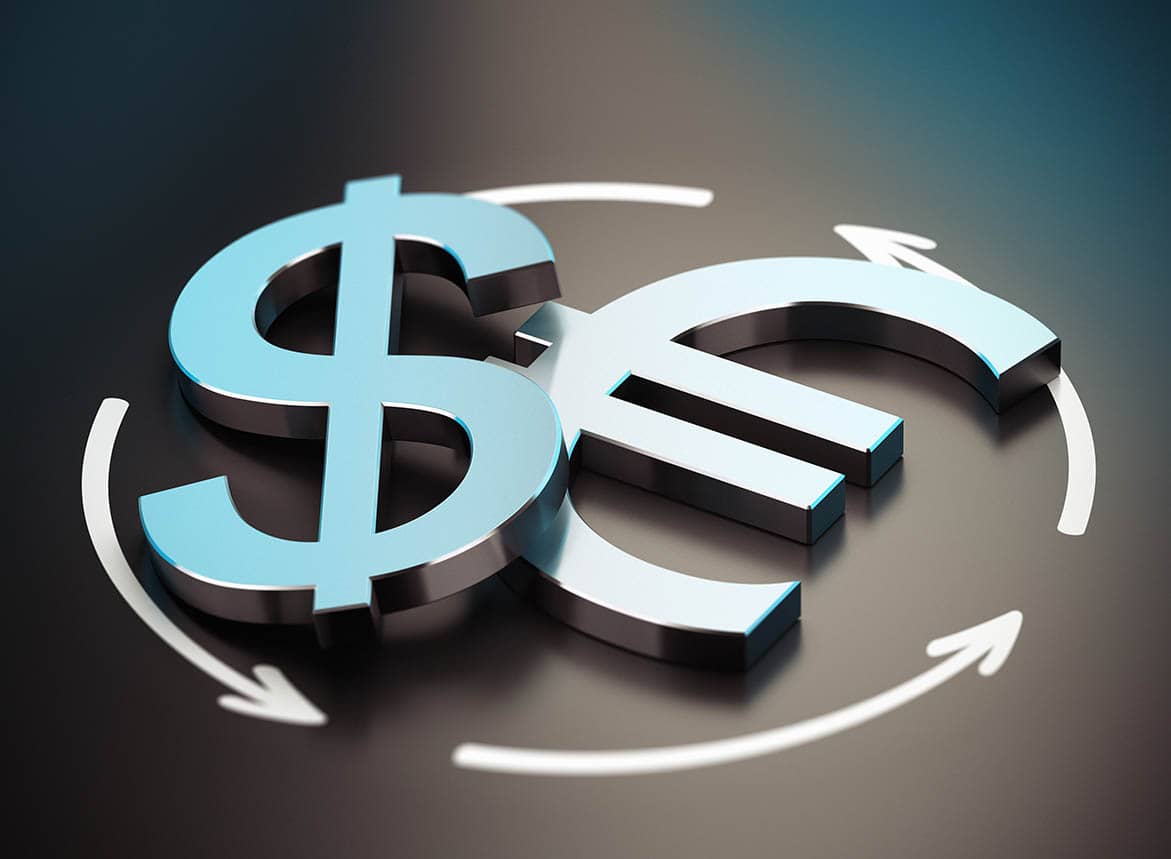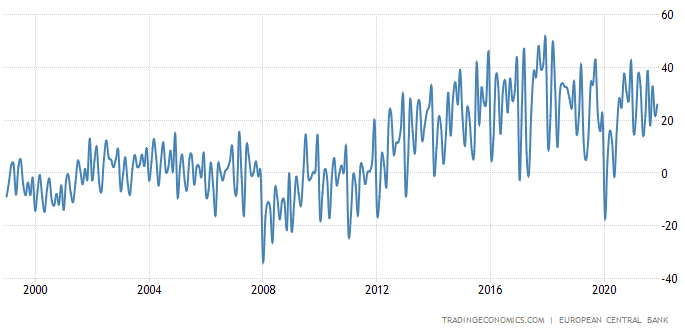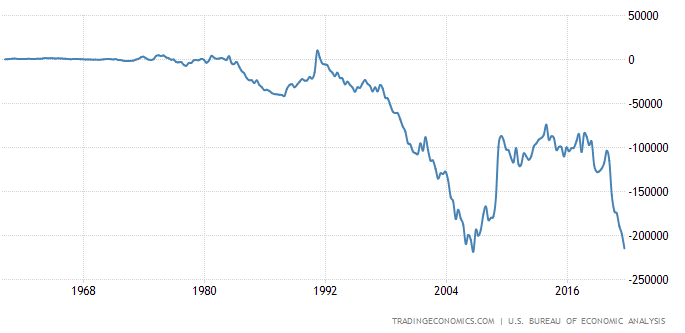U.S. Dollar Faces Profound Multi-year Negative Consequences from ECB's Pivot
- Written by: Gary Howes
-

Image © Adobe Images.
Deutsche Bank says the prospect of higher bond yields in the Eurozone - courtesy of the European Central Bank's recent shift in policy - will have a profound impact on longer-term U.S. Dollar valuations.
In a briefing to clients, Macro Strategist Alan Ruskin says Eurozone countries will no longer generously fund the USA's current account deficit once rates start rising, posing headwinds to the Dollar.
Deutsche Bank research shows when the Eurozone started generating large Current Account surpluses above $400b annually from 2014.
This was recycled into U.S. assets to the point where Eurozone holdings of U.S. fixed income and equity securities increased by $1.6 trillion between 2014 and 2020 alone.
The process is said to have been fuelled by negative ECB interest rates.
Above: Eurozone current account surplus accelerated as the ECB pursued ever lower interest rates. (2012: Draghi commits to do "whatever it takes", 2014: NIRP introduced).
The ECB introduced its negative interest rate policy (NIRP) in June 2014 when it cut its deposit facility rate below 0% for the first time, to -0.1%.
The rate has been cut four more times, by 10 basis points each time, to reach -0.5% in September 2019.
Deutsche Bank finds since Eurozone rates went negative there has been a cumulative $2.5 trillion acceleration in Eurozone bond outflows relative to the pre-2014 trend.
This combined with a a $1.5 trillion, acceleration in U.S. bond repatriations.
"Just to underscore the extent to which negative rates impacted these flows, in the 3 years prior to negative EUR rates, net debt inflows as a share of GDP, were fairly similar for the US and EUR area," says Ruskin.
The ECB's February policy update was significant in that it signalled the potential for interest rate rises before 2022 was over, in acknowledgement of surging Eurozone inflation levels.
Markets are now pricing up to 50 basis points of hikes from the ECB, which would take the Deposit Rate back into positive territory.
Above: The U.S. current account deficit is nearing all time records.
"Any shift in EUR short-term rates to the positive, will make it much more likely that this process reverses again i.e. EUR flows stay at home, while higher rates also start attracting foreign funds back into the EUR zone," says Ruskin.
For the Dollar, the consequences are profound:
"The financing of the U.S. C/A deficit, is apt to become substantially more difficult, to the long-term detriment of the US dollar," says Ruskin.
The analyst warns the U.S. fixed income market has the potential to lose its two greatest sources of support in reasonably quick succession: the Fed switch from quantitative easing to quantitative tightening, and the degree of European bond competition, that should include less U.S. bond inflows.
"Last week's promised ECB pivot, if delivered upon, has the capacity to have profound multi-year negative consequences for both the USD and US fixed income markets," says Ruskin.





